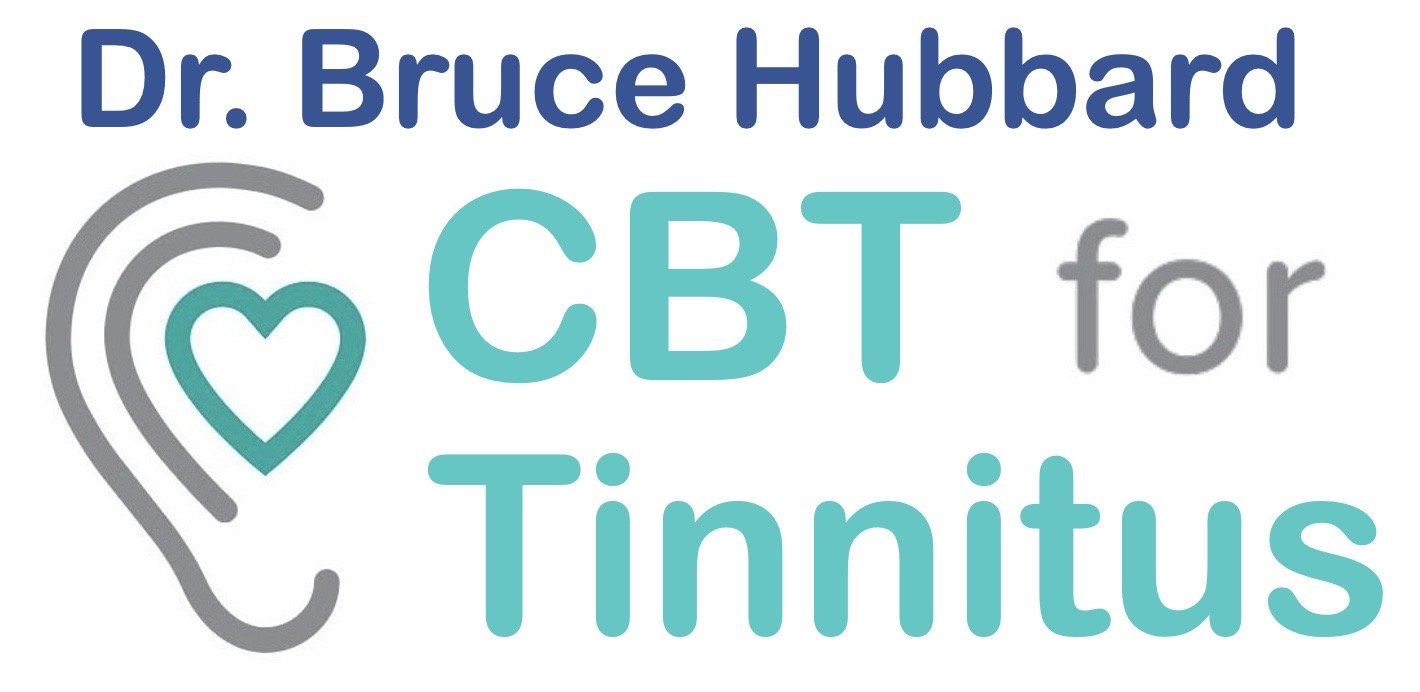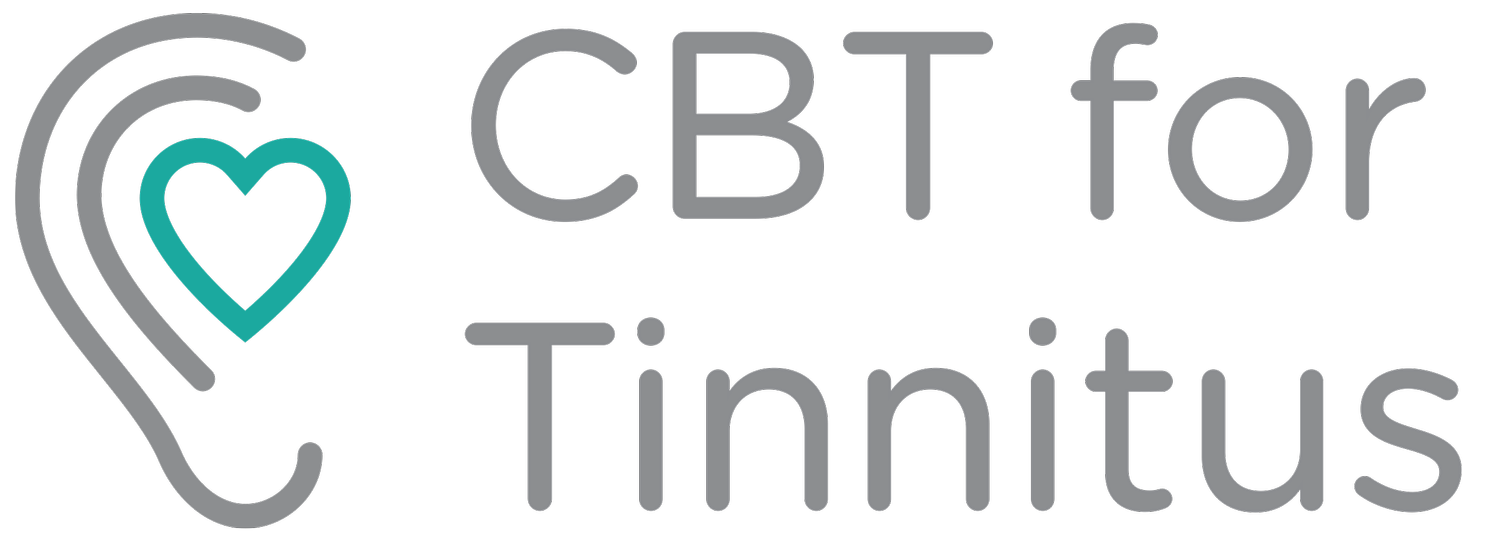ACE Your Loudness Hyperacusis
In late 2004, when listening to music, I noticed an odd sensation in my right ear. At first, I shrugged it off, but it happened every time I heard a certain passage in my favorite CD. A month later, when my tinnitus started, this “odd” sensation exploded. It became intensely uncomfortable and was caused by a wide range of ordinary sounds. As distressing as my tinnitus was, this experience of what I eventually learned is Loudness Hyperacusis (LH), was much, much worse.
My doctors and the internet were no help, so I turned to the approach to stress and trauma I’d practiced my entire career: Cognitive Behavior Therapy (CBT). Having some familiarity with the cognitive behavioral treatment of pain, I developed a program to help myself adapt to LH. It saved my life! As I write these words 20 years later, I still have mild LH, but I barely notice it and when I do, it doesn’t bother me at all. For me and many others, CBT has been a cure!
What is Loudness Hyperacusis?
Loudness Hyperacusis (pronounced hyper-uh-coo-sis, like the word “acoustic”) is an auditory condition in which common sounds are experienced as uncomfortably loud when they seem normal to most other people [1]. On encountering triggering sounds, it is common to see someone with LH wince and cover their ears, just as someone without the condition would do in response to a truly loud sound, such as a smoke alarm.
Hyperacusis can cause anxiety and lead to phonophobia, an irrational fear of safe sounds. It is common to avoid the sounds that trigger the condition, along with the settings where these sounds occur.
LH varies in intensity. It may be so mild it is barely noticed, moderately uncomfortable, causing avoidance and dysfunction, or, in rare cases, so severe that it may be triggered by sounds as low as a whisper. My LH started out as moderate, and over the course of CBT, reduced to mild. Loudness hyperacusis can be distinguished from Pain Hyperacusis, in which common, safe sounds cause physical pain in or around the ears.
Loudness Hyperacusis “Trigger” Sounds
In CBT, external factors that cause problematic physical and emotional reactions are called “triggers.” A wide range of trigger sounds affect LH. A list of several common trigger sounds includes: clanking dishes, child crying, road noise, motors (air conditioners, fans, etc.), crowd noise, applause, barking dog, running water (shower, faucet, etc.), music, peoples’ voices, your own voice.
Loudness Hyperacusis, Tinnitus and Other Related Conditions
Loudness hyperacusis commonly starts around the time of tinnitus onset. Studies show about 40% of people with tinnitus have hyperacusis, and 85% of people with hyperacusis have tinnitus. Loudness hyperacusis is also associated with loud noise events, hearing loss, inner ear infection, Meniere’s Disease, and Cochlear Hydrops. Less often, it may occur “out of the blue” with no clear cause.
Cognitive Behavior Therapy (CBT) for Loudness Hyperacusis
CBT consists of a set of strategies that change how we respond to the experience of LH. The goal of CBT for LH is to reduce the distress and avoidance caused by the condition. Unlike the more common Tinnitus Retraining Therapy (TRT) approach to treating LH (described in another article of this issue), CBT does not require expensive ear-level devices and can be considered a significantly more cost-effective solution.
The effectiveness of CBT for LH has been documented in one study. In a group of 60 people with LH, Juris, Andersson, Larson & Ekselius (2014) tested a Cognitive Behavior Therapy program very similar to mine. Their results showed significant improvements in sound tolerance (LDLs), reduced avoidance and distress (Hyperacusis Questionnaire) and improved quality of life. These improvements were maintained at a 12-month follow up.
In mild to moderate cases, CBT for LH can be either self-administered or completed under the direction of a qualified cognitive behavior therapist who is trained in treating the condition. For severe cases, the guidance of a qualified CBT professional is recommended.
A Cognitive Behavior Therapy (CBT) Program for Loudness Hyperacusis
The CBT program outlined here consists of four skill areas: Careful Thinking, Graded Exposure, Mindfulness of Sound, and Courageous, Values-Directed Action. Like physical therapy, these strategies must be learned, practiced and consistently applied over a period of months to achieve the desired outcome.
Careful Thinking About Loudness Hyperacusis
The cognitive component of CBT, Careful thinking, is based on the age-old wisdom that how we think about problems like LH can have a strong effect on how we feel and behave. Here are two of the most distressing thoughts about LH followed by more helpful thoughts.
Distressing Thought: ”If a sound feels like it’s too loud, it must be damaging my hearing,”
Helpful Thought: In fact, LH trigger sounds feel uncomfortable, but they are not dangerous. We are not damaging our hearing by exposing ourselves to these sounds.
Graded Exposure to Trigger Sounds
Armed with these more helpful, encouraging thoughts about LH, the next step is to commit to a program of graded exposure to your trigger sounds. Graded exposure is effectively employed in CBT to reduce a wide range of distressing reactions, such as phobias and PTSD. At a subconscious level, graded exposure helps our brains desensitize to trigger sounds, and, at a conscious level, it helps us learn that we can tolerate the discomfort of LH, that our hearing will not get worse, and that the uncomfortable sensations themselves may eventually subside.
I used foam earplugs to facilitate graded exposure to my trigger sounds. These are ideal because, as distress goes down and confidence goes up, they can be gradually trimmed down with scissors to increase exposure to the trigger sounds. (More on this in Courageous, Values-Directed Action below.)
You can supplement graded exposure with sound enrichment, which can be playing room-level background sound whenever possible (music, nature soundtracks, etc.).
Mindfulness of Sound
Mindfulness is an ancient meditation technique, commonly used in the health sciences to help us accept and adapt to aspects of our bodies and lives we don’t want but can’t change. With tinnitus and loudness hyperacusis, the correct application is mindfulness of sound].
In CBT, mindfulness is an acceptance strategy. It involves the practice of paying attention to our experience in the moment and without getting pulled into thoughts and urges, rather, allowing thoughts, feelings and urges to come and go as they will, coexisting with them, while working to keep our attention on a chosen target. For loudness hyperacusis, that target of meditation is the experience of hearing the trigger sounds - both the sounds themselves and the sensations of loudness in our ears. I personally found mindfulness of sound extremely helpful, and I used it as part of my graded exposure plan. For example, I set a timer for ten minutes and deliberately stacked dishes, mindfully attending to the sounds and sensations of the “clanking.
Through daily practice, I gradually desensitized to the clanking and could coexist with the experience of hyperacusis while dining with my family. I used the same technique for other trigger sounds. This made it much easier to reenter the noisy areas of life I’d been avoiding due to LH, like crowded restaurants, children’s parties, and playing my guitar.
Courageous, Values-Directed Action to Fully Rejoin Life
Armed with helpful, encouraging thoughts, mindful acceptance of sounds, desensitization and confidence derived from graded exposure, we are ready to commit to the courageous action needed to fully rejoin all the areas of life we may be avoiding due to LH.
Foam earplugs or other types of hearing protection can also be used to facilitate courageous action. Audiology programs for LH typically discourage use of earplugs, however in my program they are permitted as part of a graded exposure plan, as long as the agreement is that you will eventually taper off them entirely. I would much rather see you using earplugs to engage as fully as you can in life, rather than fall victim to anxious avoidance and the negative consequences that can bring.
Before entering challenging settings, I recommend you plan what strategies you’ll use to cope with the discomfort, including mindfulness, reminding yourself of encouraging thoughts, and earplugs. The goal is to make it through a good part of the situation, even if you decide you’ve had enough and need to leave early. This way you are promoting desensitization to the sensations of loudness and building confidence in your ability to fully rejoin your life!

